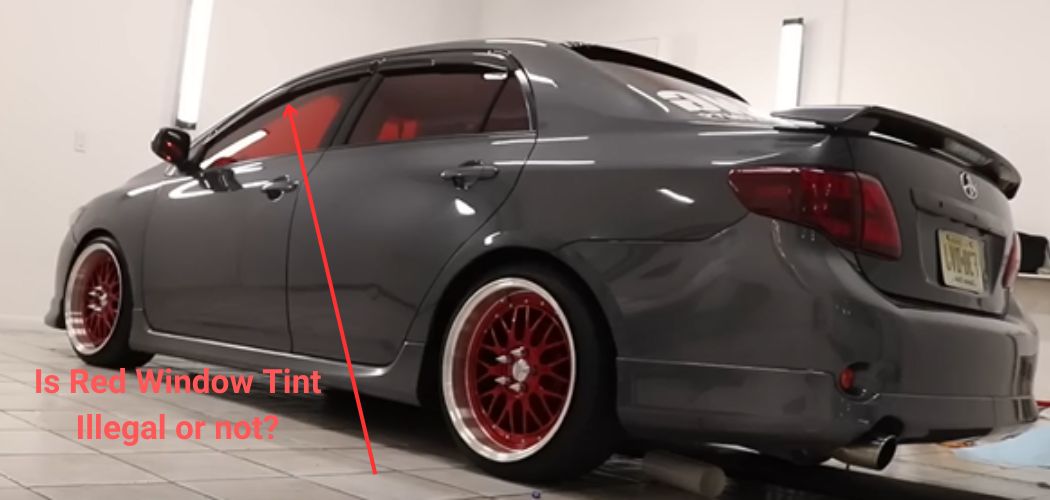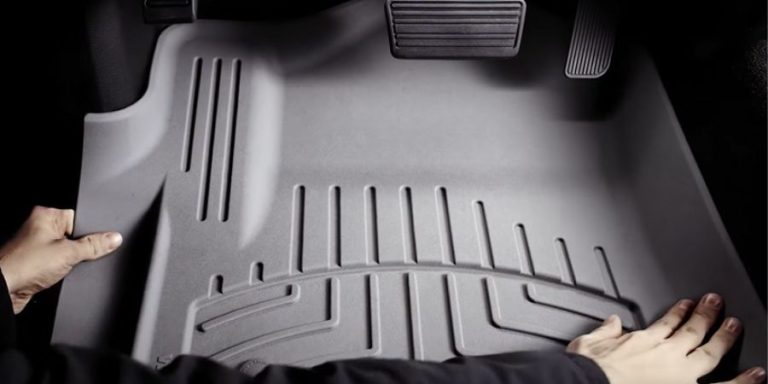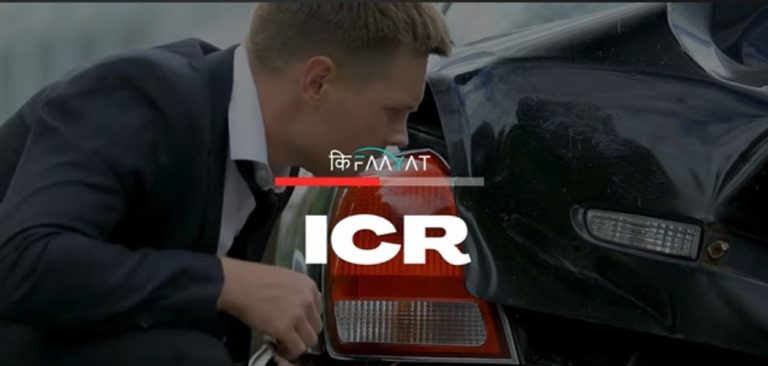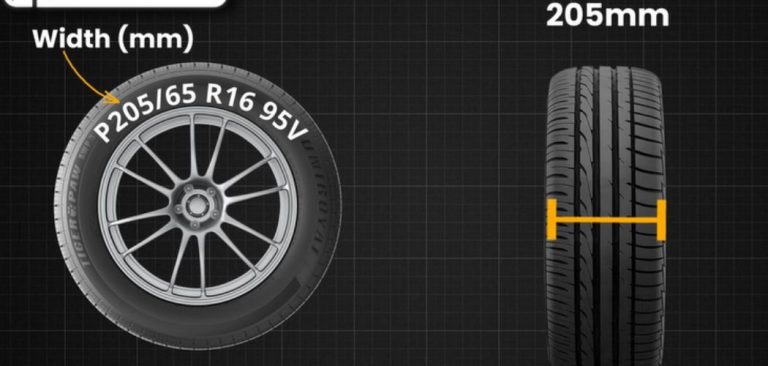It is often illegal to tint your car windows red in many places. This rule may seem confusing to some drivers.
Understanding the reasons behind this law can help you comply with the law and avoid fines. Red tinting of windows is not just a matter of style; it also affects safety and visibility. Authorities are concerned about safety because the color red can be confusing to other drivers.
Emergency vehicles like ambulances and fire trucks use red lights, and having red windows can cause misunderstandings on the road. Additionally, red can reduce visibility, especially at night, making it difficult for drivers to see hazards.
The goal of legal regulations is to ensure that all vehicles on the road are safe and easily recognizable. Knowing the reasons can help you make better choices and keep yourself safe while driving. I have discussed the laws of almost all countries in this article Let’s Get Started.
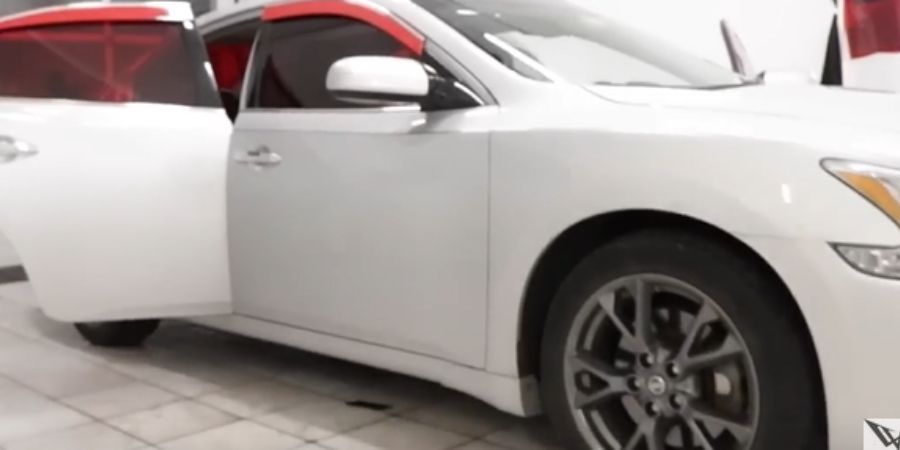
Country-by-Country Analysis of Window Tint Laws
A. Africa
Nigeria:
In Nigeria, tinted glass on motor vehicles is prohibited unless the owner obtains permission from the Inspector General of Police or a designated authority. This permit is granted only for valid reasons, such as health or security needs. Although red tint is not directly mentioned, the law broadly covers all tinted, shaded, colored, or darkened glass, suggesting that red tint would require a permit. Violations may lead to fines, impoundment, or other legal consequences. Specific VLT percentages and reflectivity limits are not outlined.
South Africa:
Window tinting regulations permit a visible light transmission (VLT) of 70% on the front windshield and at least 35% on all other windows. Mirror-like and highly reflective tints are prohibited, with a reflectance cap of 10%. Red tint may be permitted if it complies with these VLT and reflectivity rules. Vehicles with a tint darker than the legal limit may be required to remove it.
Kenya:
Tinting is prohibited for public service vehicles, but not explicitly for private vehicles. Reflective materials on windscreens or windows are banned across all vehicle types. While red tint legality isn’t specified, non-reflective red tint might be permissible for private vehicles. VLT standards for private vehicles are not detailed. A prior directive to impound tinted vehicles was challenged in court.
B. Asia
China:
National standards require the front windshield and windows in the driver’s visual area to have a VLT of at least 70%. Tints that make it difficult to see inside the vehicle or are overly reflective are banned. Although red tint isn’t directly addressed, it would need to comply with the VLT rules. Enforcement is reported to be inconsistent.
South Korea:
The front windshield must have at least 70% VLT, and front side windows must meet a minimum of 40%. Rear window regulations aren’t specified. While red tint is not mentioned, it must meet these VLT standards. Enforcement is reportedly lax, though fines may apply for violations.
Japan:
Japan enforces strict tint laws. The front windshield and front side windows must allow 70% light transmission, and rear windows must allow at least 30%. Mirror-like tints are illegal. Red tint must comply with these light transmission and non-reflective rules. Red flashing lights are restricted to emergency vehicles. Violations can lead to fines or vehicle impoundment.
India:
Under the Motor Vehicles Act, windshields must have 70% VLT and side windows 50%. A Supreme Court ruling bans all aftermarket tints, even if they meet legal VLT thresholds. Therefore, any aftermarket red tint is illegal. Penalties include fines, vehicle seizure, or registration cancellation.
C. Europe
Germany:
Tinted foils on front windshields and front side windows are generally banned unless they’re part of the original manufacture. Rear windows can be tinted without restriction. Red tint on front windows would likely be prohibited. Front side windows must have at least 70% light transmission. Violations can result in fines or the vehicle being taken off the road.
France:
Front windshields and side windows must maintain a minimum of 70% light transmission. Colored films are typically not authorized, so red tint would likely be illegal on front windows. Rear windows can be tinted without restriction. Non-compliance can result in fines and loss of license points.
United Kingdom:
For vehicles first used after April 1, 1985, the front windshield must allow 75% of light, and front side windows 70%. No regulations exist for rear windows. While red tint isn’t specifically addressed, it must comply with VLT limits. Red light modifications to headlights are illegal. Excessively tinted front windows can lead to a prohibition notice or court summons.
Italy:
Only rear windows and the rear windshield may be tinted. There are no restrictions on darkness or color for these windows, provided the car has mirrors on both sides and the tint is professionally installed with the proper certification. Red tint would be illegal on front windows but likely allowed on the rear if compliant.
Spain:
Tints are prohibited on the front windshield and side windows. Any film, including dark or red tints, is allowed on the rear windows as long as it’s approved and certified. Vehicles must carry a certificate from the manufacturer and installer. Violations lead to fines.
Belgium:
Front side window tint is allowed if VLT is higher than 70% and certified. No limits apply to rear windows if the car has a rear-view mirror opposite the driver. Reflective or mirrored tints are banned. Red tint must meet these conditions.
Czech Republic:
Front side window tint is permitted if the total VLT is at least 70% and the film is certified. Tinting is not allowed on the front windshield. Rear windows can be tinted without VLT limits, as long as they’re certified. Red tint on front windows must meet these certification and VLT standards.
Denmark:
The windshield must have at least 75% VLT and front side windows 70%. Behind the B-pillar, tints can go as dark as 40%. Red tint is legal if it adheres to these VLT minimums.
Finland:
Windscreens must have a minimum of 75% VLT, and front side windows 70%. Back windows must maintain at least 70% VLT in specific vehicle classes if visibility is provided by side mirrors. Red tint must meet these requirements.
Greece:
Laws require vehicle occupants to be clearly visible at all times, effectively banning dark tints. Red tint, especially if it impairs visibility, would likely violate this standard.
Hungary:
Minimum VLT of 75% is required on front windshields and 70% on front side windows. Homologated safety and UV films are permitted. The back windshield cannot have any tinted film. Red tint must meet these thresholds and be certified.
Netherlands:
Windscreens must allow 75% light transmission, and other windows in the driver’s field of vision 70%. Red tint is legal only if it complies with these VLT requirements.
Norway:
All windows in the driver’s field of vision must have at least 75% (windscreen) and 70% (other) VLT. Red tint must adhere to these rules.
Poland:
Front windshields and side windows must allow at least 70% light. Red tint must meet this light transmission standard to be legal.
Romania:
The windshield must have at least 75% VLT and the front side windows 70%. Red tint on front windows must follow these rules.
Sweden:
Front windshields must have 75% VLT, and front side windows 70%. Any film must not distort vision. Red tint must comply with these limits and clarity requirements.
Switzerland:
Windscreens require at least 75% VLT, and other windows in the driver’s view at least 70%. Reflective tints are not allowed. Red tint must comply with both transparency and non-reflectivity requirements.
Austria:
Only clear safety films are permitted on marked front windows. For unmarked rear windows, a 20% VLT film may be applied. Red tint is likely illegal on front windows and may be permissible on rear ones if compliant with VLT rules and installation regulations.
Ukraine:
Windscreens must have at least 75% light transmission, and side windows 70%. Tints must not interfere with color perception. Only transparent athermal film with 80% or more light transmission is allowed on the front. Red tint on front windows is likely illegal. No limits exist for the rear.
D. North America
Canada (By Province):
- Alberta, British Columbia, Newfoundland, Northwest Territories, Nova Scotia, Nunavut, Ontario, Prince Edward Island, Saskatchewan: No tint allowed on front windows or windshields. Any darkness is allowed on rear windows. Red tint on the front is illegal.
- Manitoba: 50% VLT allowed on front side windows. Windshield tint limited to top 12.7 cm. Red tint must meet the 50% requirement.
- New Brunswick, Yukon, Quebec: 70% VLT allowed on front windows. Rear windows can be any darkness. Red tint must meet the 70% VLT requirement.
Mexico:
Generally bans tinted windows, though factory tints are often exempt. In Tijuana, the front side windows are the primary concern; rear tints are allowed. Tourists often avoid issues by rolling down front windows. Red tint laws are not specifically addressed.
E. Oceania
Australia:
Laws vary by state, but generally, 35% VLT is the darkest allowed for front side windows, and 20% for windows behind the driver. Windscreen tint is limited to the top 10% (except in Western Australia, where it’s banned). Reflectivity is capped at 10%, except in New South Wales, which allows none. Red tint is not explicitly addressed but must comply with these VLT and reflectivity restrictions.
F. South America
Argentina:
Requires at least 70% visibility on all windows, including rear ones. Red tint must meet this high visibility standard.
Brazil:
The front windshield and front side windows must allow at least 70% light. Other windows have no strict minimum but cannot compromise safety. Stickers or any vision-blocking material are banned. Red tint must not reduce visibility or violate these rules.
Colombia:
Tinted front windshields are illegal, though enforcement varies by region. Some areas advise carrying documentation for tinted films. Red tint legality is not detailed but likely restricted on front windows.
My opinion for users with red window tint
Based on the information gathered, the legality of installing red window tint varies significantly around the world. In many regions, especially the United States, red and amber tints are explicitly prohibited because they can cause confusion with emergency vehicle lights and reduce visibility.
In other countries, red tint may not be specifically prohibited, but strict regulations on visible light transmission for front windows will make it illegal to install dark red tint. Some regions, such as Italy and Spain, prohibit any film on front windows, making it illegal to install red tint there as well.
Therefore, it is strongly recommended that users who have installed red tint, or are considering doing so, should take the following steps:
Check specific local laws:
Thoroughly investigate the specific window tint laws and regulations for the country and even the specific region or state where the vehicle will be operated. This information can often be found on government websites, such as the transport authority or the department of motor vehicles.
Pay attention to VLT, reflectance, and tint restrictions:
Make sure that any window tint, including red, complies with the permitted visible light transmission percentage, permitted reflectance limits, and any specific tint restrictions for each window (windshield, front side, rear side, rear windshield).
Consider the potential consequences:
Be aware of the potential penalties for violating window tint laws, which may include fines, the requirement to remove the tint, vehicle impoundment, or other legal consequences.
Consult a professional:
If there is any uncertainty about the legality or compliance of red window tinting with local regulations, it is advisable to consult with a professional window tint installer or legal experts specializing in motor vehicle regulations in the relevant jurisdiction.
By taking these steps, you can make informed decisions about window tinting and avoid potential legal issues and ensure your safety and the safety of others on the road.
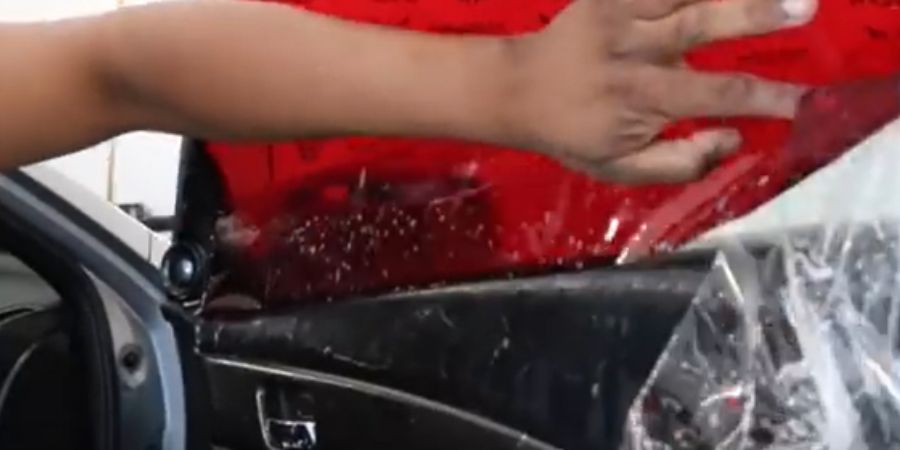
Frequently Asked Questions
Why Is Red Window Tint Illegal?
Red window tint is illegal because it can impair visibility, making it harder for drivers to see the road clearly, especially at night. Additionally, it can cause confusion for other drivers and emergency responders, as red is commonly associated with brake lights and warning signals. Many states have strict regulations to ensure vehicle modifications do not compromise road safety.
What Are The Consequences Of Using Red Tint?
Using red window tint can result in fines and penalties, varying by state or country depending on local laws. Law enforcement officers may issue citations, and repeated offenses can lead to higher fines or legal action. Additionally, vehicles with illegal tints often fail inspections, requiring owners to remove or replace the tint to comply with regulations.
Are There Any Exceptions For Red Window Tint?
Exceptions for red window tint are rare, as most states prohibit its use for safety reasons. However, some jurisdictions may allow it for medical conditions that require specialized tinting, provided the driver has proper documentation. In such cases, the vehicle owner must carry a valid medical exemption certificate to avoid penalties during inspections or traffic stops.
What Are Alternatives To Red Window Tint?
Alternatives to red window tint include legal tints in shades like gray, black, or bronze, which offer UV protection and privacy while complying with regulations. Ceramic or carbon-based tints are also excellent choices, providing heat reduction without interfering with visibility or electronic signals. Always check your state’s tinting laws before installation to ensure compliance and avoid unnecessary legal trouble.

